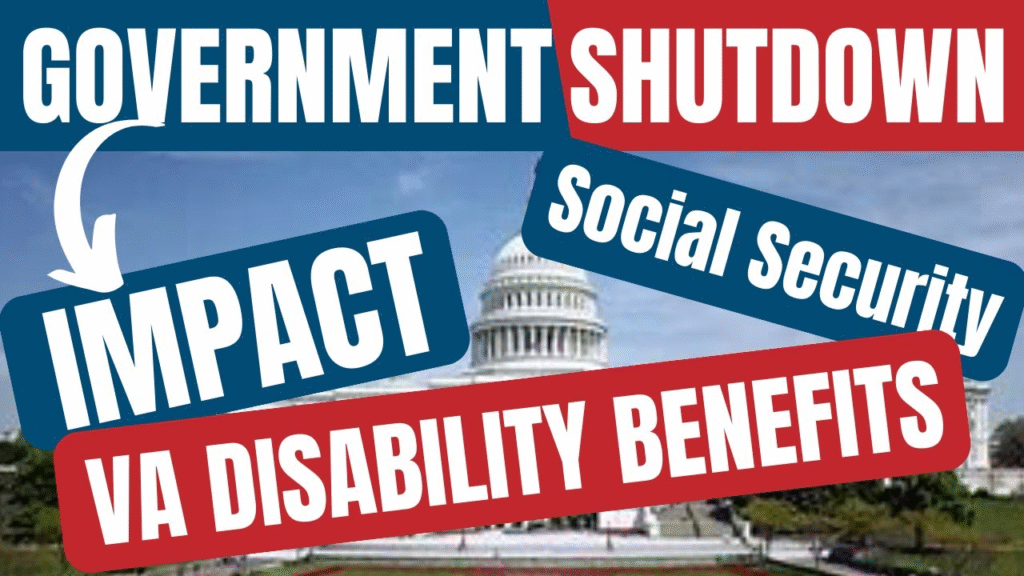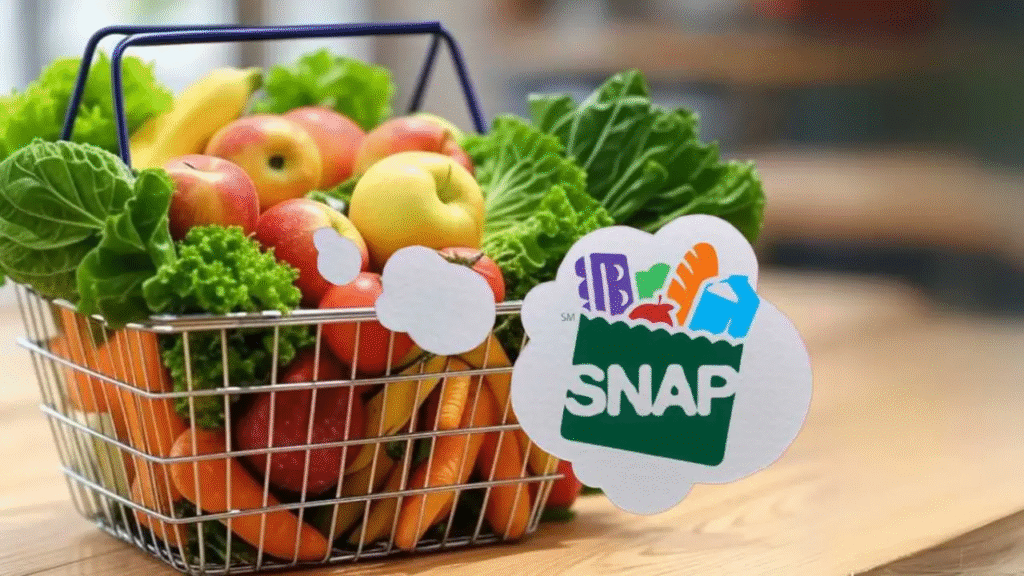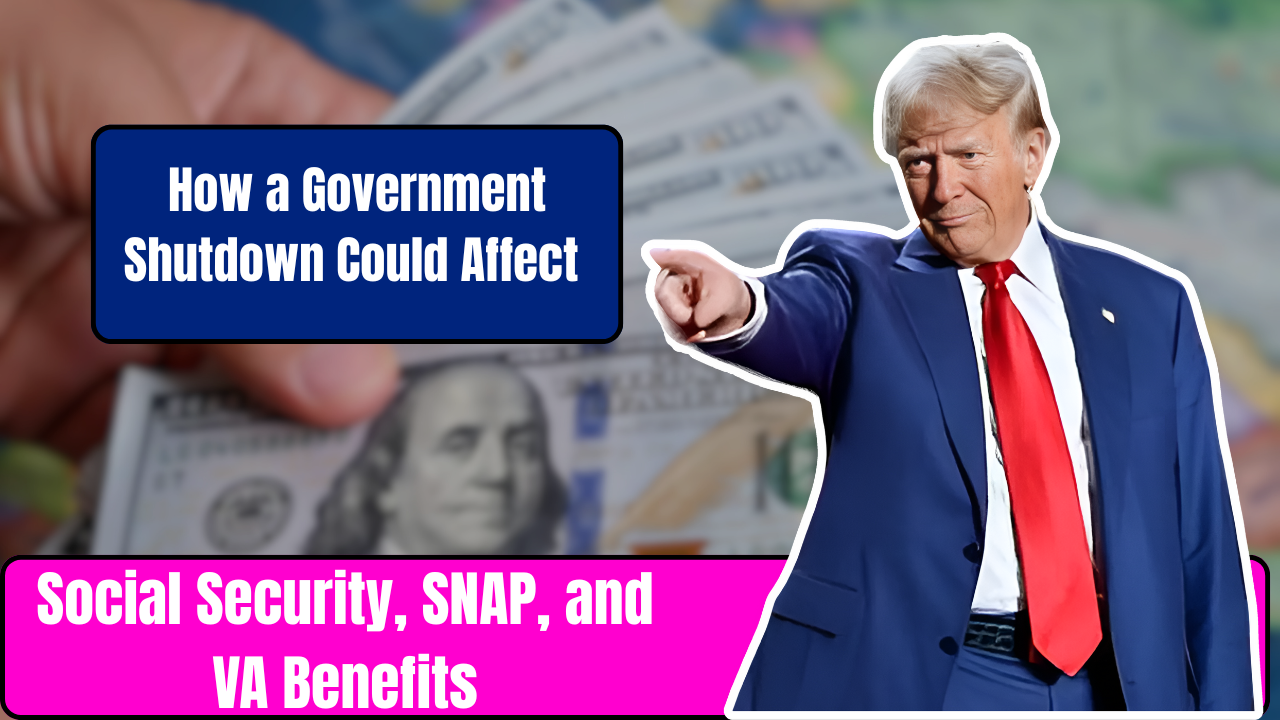In the United States, when Congress fails to pass funding measures by the start of a new fiscal year, a government shutdown occurs. Non-essential federal services may pause or operate at reduced capacity until a resolution is reached. A shutdown often breeds uncertainty, especially for millions who rely on federal benefits such as Social Security, SNAP (Supplemental Nutrition Assistance Program), and VA (Veterans Affairs) benefits.
What Is a Government Shutdown?
A government shutdown happens when Congress does not pass one or more appropriation bills or a continuing resolution (CR) to provide funding for federal agencies.
- Many federal services are driven by discretionary spending, which requires annual appropriations from Congress. Those are most vulnerable to shutdowns.
- Some programs are funded via mandatory spending—meaning their funding is authorized by existing law and does not depend on annual appropriations.
- During a shutdown, agencies generally furlough non-essential staff, while “essential” or “excepted” functions may continue.

Because of these divisions, the impact of a shutdown differs across federal programs — some proceed relatively unaffected, while others may face delays or interruption.
Impact on Social Security Benefits
a) Payments Continue Uninterrupted
- Social Security benefits are part of mandatory spending, so approved benefit payments generally continue despite a shutdown.
- The Social Security Administration (SSA) already has funding to disburse monthly payments.
- Recipients should expect their regular benefit deposit on schedule.
b) Potential Service Disruptions
While payments continue, some associated SSA services could slow or stop temporarily:
- Processing new claims or applications may face delays if staff are furloughed.
- Replacement Social Security cards, changes to earnings records, or verification operations might be delayed.
- The annual COLA (Cost of Living Adjustment) announcement, often in October, might be delayed by a shutdown due to disruption of data collection (e.g., CPI release).
In short: the checks keep coming, but customer service or administrative operations may slow depending on how long the shutdown lasts.
Impact on SNAP (Food Assistance)
SNAP is more vulnerable to disruption in a shutdown than Social Security, because while beneficiaries have entitlement rights, the money to support benefit distribution depends on appropriated funds.

a) Short-Term Continuity
- Recipients are expected to receive their upcoming payments (for example, October allocations) even if the shutdown begins, because SNAP is often funded in advance or has carryover funds.
- The USDA describes core nutrition programs, such as SNAP, as likely to continue during funding lapses, subject to funding availability.
b) Risks If Shutdown Prolongs
- If the shutdown continues past one or more months, SNAP funding could deplete, which may delay or suspend benefit issuance.
- Retailers’ EBT (Electronic Benefit Transfer) licenses may expire during shutdowns, preventing stores from processing payments.
- Administrative or verification tasks (e.g. approving new applications or adjusting benefits) may slow.
- States may have to use their own funds temporarily to maintain benefits if federal support lapses.
c) WIC (Women, Infants, and Children) Program
Though technically separate, WIC is closely tied to SNAP and other nutrition programs:
- Because WIC relies heavily on discretionary appropriations, its funding might run out sooner in a shutdown.
- Some states have contingency funds or reserves to maintain WIC for a limited duration, but risks exist if shutdown spans weeks.
Thus, SNAP recipients have some short-term protection, but long-term shutdowns pose serious risks to benefit stability.
Impact on VA (Veterans Affairs) Benefits
Veterans programs generally enjoy strong protections, but not all VA services are immune from the effects of a shutdown.
a) Benefit Payments Continue
- VA benefits like disability compensation, pension, education, and housing benefits continue to be processed and paid.
- The VA has stated that processing and delivery of these benefits will not stop during a funding lapse.

b) Service Operations and Support Functions
Some support services and programs may see interruptions or slowdowns:
- Services such as career counseling, job training, and support for veteran-owned businesses may be curtailed during the shutdown.
- Certain benefit claim processing units or less “essential” administrative operations may face delays.
- VA medical facilities, clinics, and ongoing medical care are considered essential and typically remain open, though staff shortages or administrative slowdowns could affect non-emergency services.
In short, veterans should expect that benefits and medical services will largely continue, but some supportive or auxiliary functions may slow.
Comparison: Mandatory vs. Discretionary Spending
A key to understanding which programs are most at risk lies in distinguishing mandatory (or “entitlement”) spending from discretionary spending:
- Mandatory programs: These are funded via permanent authorizations and do not require annual approval by Congress. Social Security, VA benefits, and certain other programs generally fall into this category.
- Discretionary programs: These depend on annual appropriations and include many federal agencies, social services, and programs like WIC.
Therefore, while mandatory programs tend to continue payments, discretionary ones are more susceptible to shutdown impact. SNAP is somewhat hybrid — while beneficiaries have entitlement rights, its operations rely on appropriated funds.
How Long a Shutdown Matters
The duration of a shutdown is critical in determining the extent of disruption:
- A short-term shutdown (a few days to weeks) generally poses modest disruption to payments, though administrative delays may begin.
- A longer shutdown (several weeks or months) escalates risks: benefit funds may deplete, backlog of claims may build, and service interruptions can intensify.
- Federal programs often maintain reserve or contingency funds to bridge short gaps, but those reserves can run dry.
Historical examples (e.g., 2018–2019 shutdown) show that extended funding gaps can stress benefit programs and create downstream consequences.
What Beneficiaries Should Do Now
If you receive Social Security, SNAP, or VA benefits—or may rely on them—take proactive steps:
- Verify your current benefits and payment schedule through official channels or accounts (SSA, VA, state SNAP portal).
- Budget carefully, factoring in possible delays or uncertainties if supplemental income is required.
- Use your SNAP or WIC benefits promptly, in case issuer operations slow or EBT licenses lapse.
- Stay informed via official agency websites or trusted news sources about shutdown developments.
- Have a contingency fund or emergency buffer to cover essentials if disruptions arise.
- Submit urgent applications ahead of time if possible, to reduce processing risks during a shutdown.
Case Studies & Precedents from Past Shutdowns
Examining historical shutdowns helps illuminate how things might unfold:
2018–2019 Shutdown (35 days)

- SNAP operations continued initially through contingency funding, but prolonged delays could have impacted benefit issuance if the closure lasted longer.
- Many federal employees were furloughed, causing delays in administrative services.
- Essential benefit payments generally continued due to mandatory funding protections.
2013 Shutdown (16 days)
- Some federal functions paused, especially services reliant on discretionary funding.
- Certain non-emergency operations were scaled back or paused until funding restoration.
These examples show that while the core benefit payments often hold, program administration and nonessential services bear the brunt of disruption.
What Could Go Wrong – Risks & Uncertainties
While many protections exist, no system is perfect. Potential risk areas include:
- Data collection delays for CPI or other indices might impede the timely announcement of COLA or benefit adjustments.
- State vulnerabilities: Some states may lack funds to temporarily buffer SNAP or WIC in prolonged shutdowns.
- Backlog: Claims, appeals, and applications may pile up, overwhelming agencies once funding returns.
- Retail disruptions: Stores that lose EBT authorization may refuse SNAP transactions temporarily.
- Service gaps: VA support or counseling services, training, or auxiliary benefits may be paused.
- Communication breakdown: Slower response times from federal customer service lines or agency support.
Because of these uncertainties, beneficiaries should prepare as if some disruptions are likely if a shutdown lingers.
Summary: What to Expect
| Program / Service | Payment Continuity | Likely Disruptions | Conditions / Caveats |
|---|---|---|---|
| Social Security | Yes — benefit payments continue | Administrative operations (claims, verification, card issuance) may slow | COLA announcements may be delayed |
| SNAP | Short-term continuity | Future payments, processing, retailer EBT issues | Long shutdown could exhaust funds |
| WIC | Vulnerable | May face earlier interruption | Heavily reliant on discretionary funds |
| VA Benefits & Healthcare | Generally continue | Non-essential services, support programs may slow | Medical care and compensation stay active |
In practice, a short shutdown will likely cause manageable delays in support services, while benefit payments continue. But as duration increases, vulnerabilities become more acute.
FAQs:
Will I still receive my Social Security payment during a shutdown?
Yes, benefit payments will continue uninterrupted because Social Security is funded through mandatory spending, not affected by shutdowns.
Could SNAP benefits be delayed if the government shuts down?
Possibly—initial benefits are likely safe, but extended shutdowns may exhaust funding and delay future payments.
Will VA benefits stop during a shutdown?
No, VA benefit payments like disability, pension, and education will continue, though some support services may slow.
What happens to WIC during a government shutdown?
WIC may experience disruptions sooner than SNAP due to reliance on discretionary funding and state-level resources.
